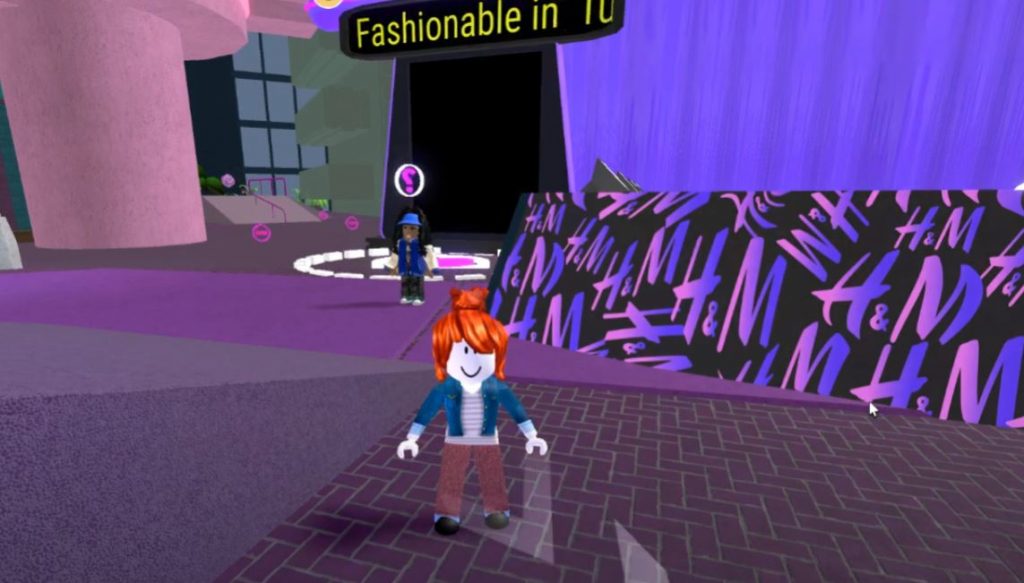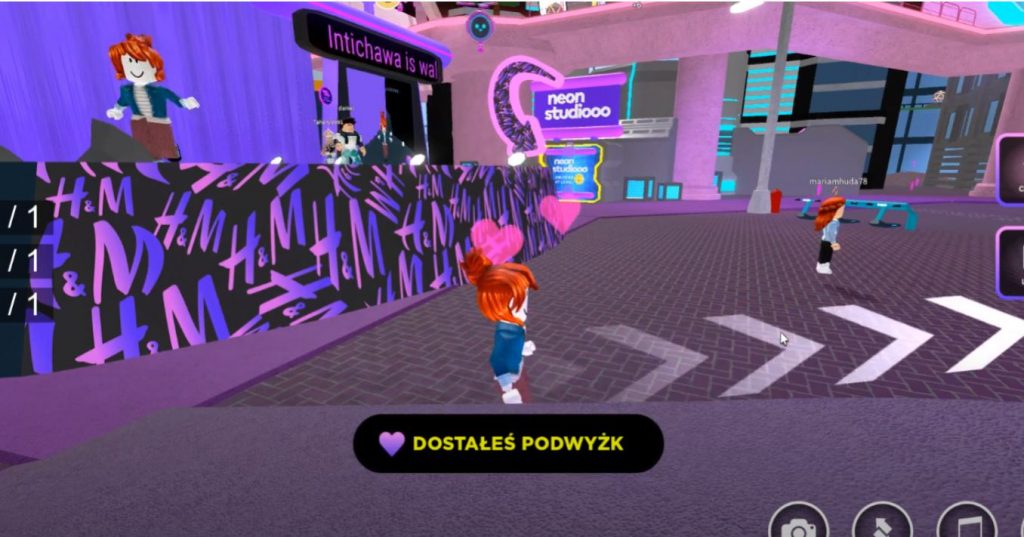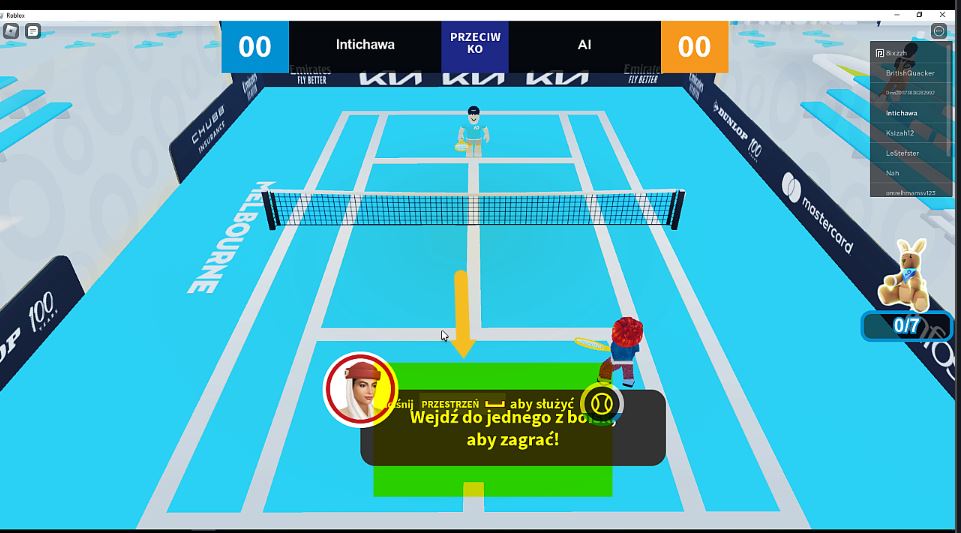Looptopia and AO Adventure: When Web 3 Localization Goes Wrong

Imagine someone told you about an amazing virtual experience designed by your favorite brand.
Excited, you fire your machine, open Decentraland, Roblox, or another metaverse platform, and then…
You quickly leave confused.
Not because you dislike the world created by the brand, but because you can’t figure out what the text on the screen means.
It’s not an unrealistic scenario.
It may happen to any user who decides to explore the metaverse experience in a language other than English.
Here’s what happened to me:
A quick localization experiment
Curious about how brands entering the Web 3 space communicate in my native language, I jumped into Roblox to try out two recently added experiences. I knew that Decentraland is available in English only, so I didn’t even bother to explore that corner of the metaverse.
First on the list was Looptopia created by H&M. Praised and applauded everywhere in social media.
After selecting Polish in the language settings, I was quickly presented with this image:

Apart from the lack of gender neutrality (the phrase is in the masculine form), the string is cut off. Of course, Polish speakers can still decipher the missing word, but this mistake draws the user’s attention away from the experience and into the cumbersome language use.
Undeterred by this blunder, I kept roaming through Looptopia, hoping to finally see some flawless UI strings. It wasn’t an easy quest.
I was quickly bombarded by a few more localization issues. Ungrammatical structures, untranslated strings, literally translated text… Nearly every phrase displayed on the screen had flaws.
Although the Polish version was disappointing, I was still eager to discover every nook and cranny of Looptopia. But first I had to switch the language back to English. The Polish linguistic mess was unbearable.
The journey continues
Is there a point to localize virtual experiences if half of the strings are still in the original language?
Is it common for brands to use machine translation or unprofessional teams just to quickly (cheaply?) release their content to the whole world?
I’d love to believe the answer is no.
So, I delved into another recently published Roblox experience.
AO Adventure.
To my surprise, the welcome screen and a few strings that followed were perfect. Short, correct, and clear. For a few seconds, I could completely focus on the visuals, music, and features. But then my jaw dropped. I blinked at the scene in front of me. Could that be true?

Do they really want me to “press sphere to do my duty”?
Because that’s how the easy string “Press space to serve” was translated into Polish (“Wciśnij przestrzeń, aby służyć”).
The button space suddenly became a wide cosmic sphere and the sports term “to serve” bounced back into the common meaning of serving your customer or attending to your queen. Unintelligible garbage.
Luckily, my mind turned to English mode again, and I was able to decipher the meaning by back-translating the strings to the original language.
It seems you need to have at least a basic understanding of English to explore the metaverse experience in your language…
All these issues could have been easily prevented
How?
By following these simple steps:
– Giving translators and localizers access to the context so they know what the UI strings mean. You can’t correctly localize a virtual experience without interacting with it first.
– Staying away from machine translation. As tempting as it may seem, you do need a human touch when you translate for humans. Especially, in the case of games and virtual experiences.
– Working with a professional localization team.
– Running localization tests, with extra focus on linguistic and cosmetic issues.
That’s not a lot to ask for.
Many brands in Web 2 do it already when localizing games or websites, so why can’t brands in Web 3 follow suit as well?
About the author: Dorota Pawlak
Dorota Pawlak is a localization consultant for digital and Web 3.0 brands. She enjoys helping businesses enter new markets and is passionate about cultures, languages, and technology.
Share with friends